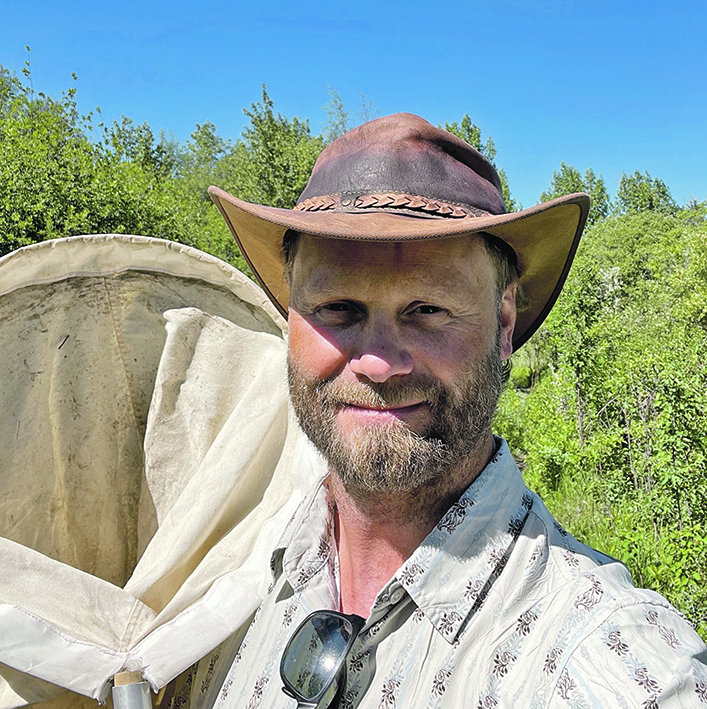Alberta Pulse Growers tested three different section control systems in their quest to quantify financial and environmental benefits of using such systems to reduce overlap in canola and pea fields.
APG researcher Nevin Rosaasen said in-field testing compared seeding equipment with five, seven and 10-foot sections, plus section control that manages each individual opener.
In a phone interview, Rosaasen said a main benefit of lifting each individual opener is that the previously seeded rows are not unduly disturbed.
“However, we did find that with the openers out of the ground, there was a little bit of toolbar drift. If there’s just five openers in the ground on the left side, then the toolbar drifts that way slightly,” Rosaasen said.
“The individual opener system certainly was the best in terms of eliminating overlap. There may be a bit of premature wear, but not enough to prevent a farmer from buying the system. We see a lot more individual opener control in corn growing areas because of the cost of seed and the need for corn to have plenty of growing room.
“Canola would also benefit. There was definitely more overlap with canola seed. It doesn’t respond to section control as well as pea. Canola hung up in the system longer.”
The study found that it’s critical to re-calibrate when switching between peas and canola. Peas have a higher wind speed because the operator is running higher rates. In canola, fan r.p.m. should be lower to avoid cracking seeds or bouncing them out of the furrow.
He says the research focused on peas and canola because of the vast difference in size and density. It would be difficult to collect data on granular fertilizers because it comes in so many densities that it’s hard to determine where all the prills fell. Seeds on the other hand, germinate and become plants that are easily counted.
Although it’s more difficult to document fertilizer distribution in the headlands and around obstacles, it’s obvious section control can reduce nitrogen use and nitrogen escape into the environment. It’s more applicable in the Parkland regions and pothole regions where you seldom see a straight flat quarter section. Wetland borders, old stone piles, bush and all kinds of factors force you to use the steering wheel.

“The return on investment is significant, especially when you have urea at $1,300. Optimizing your fertilizer input becomes very important. You don’t want to put it down on a patch of ground where you already put it down. We all know that when you have fertilizer overlap, you get lodging and that gives you trouble with the grade.
“A new drill with section control costs from a half million dollars to one million, but there might be a long waiting list. I farm with my brother in eastern Saskatchewan, and we’re looking at buying a used drill with OEM section control. Something like that will run $350,000 or more.”
Rosaasen says the project is moving into phase three this year. This study will look at how much nitrogen is saved by drills that use section control.
APG wants governments to recognize that this unused nitrogen is the nitrogen that stays in the tank rather than escaping into the environment.


















